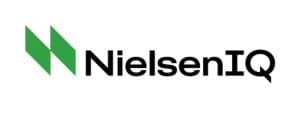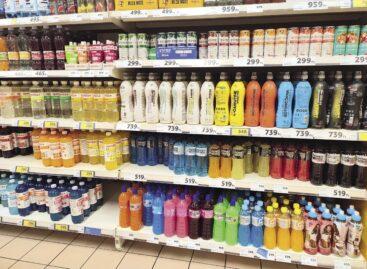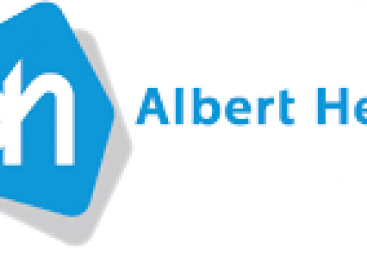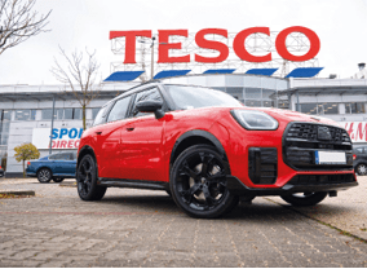Rise and shine – energy drinks are unstoppable!
2022 was a very good year for energy drinks, as like-for-like value sales surged by more than 25%.
This article is available for reading in Trade magazin 2023/5
In addition to the high inflation, the amendments to the public health product tax (NETA) law had the biggest impact on the category last year. Energy drink manufacturers now have to pay attention not only to taurine levels, but also to special ingredients such as ginseng if they don’t want to find themselves in a higher tax category.
Fresh packaging design and formulas
Sales of HELL energy drinks increased in every retail channel in 2022, especially in discount supermarkets and small independent shops.

Márton Vecsei
senior brand manager
HELL ENERGY
Márton Vecsei, senior brand manager of HELL ENERGY Magyarország Kft.:
“In the autumn of 2022 our HELL brand reached its biggest market share ever in the category, strengthening our market leader position further.”
The company rolled out a new product in February 2023: HELL Black Cherry can be found in shops in purple-black packaging, its caffeine content is the usual 32mg/100ml, and it has 5 different types of vitamin B. HELL Black Cherry is made without preservative and is marketed in infinitely recyclable packaging. Plus HELL has also reformulated the HELL FOCUS+ and HELL MULTI+ products.
Pricier ingredients and raw materials
Independent shops constitute the strongest channel in energy drink value sales, where annual sales amount to HUF 20bn.
András Palkó, marketing director of Coca-Cola HBC Magyarország:

András Palkó
marketing director
Coca-Cola HBC
Magyarország
“Practically all product ingredients and raw materials that we use in production have become much more expensive, and the extension of the NETA rules had a big influence on the energy drink category.”
The company’s Burn brand produced a 27.2% value sales growth and Monster value sales jumped 9% in 2022. As for new product launches, shoppers can already find sugar-free Burn Zero Watermelon on store shelves, while Monster is entering the market with a new product in April. Coca-Cola HBC Magyararszág plans to launch further new innovations in the near future.
Tutti-frutti, an eternal classic
Demand continues to grow for energy drinks, because shoppers like drinks that are both refreshing and energising. Brand is an important decision-making factor when buying, but more and more shoppers care about natural ingredients too.
Peter Schenk, marketing director of Szentkirályi Magyarország:

Peter Schenk
marketing director
Szentkirályi Magyarország
“Constant product innovation is characteristic of the energy drink market, and new product sizes such as 0.25l and 0.5l also appear more frequently. Flavour-wise tutti frutti is unbeatable, but different fruit flavours are also gaining ground”.
In early 2022 the company launched Guarana No Sleep, and 2023 began with Guarana No Sleep Brainer hitting the shops. This watermelon-flavoured energy drink contains ginko-biloba extract.

Flavour-wise, the classic tutti frutti is unbeatable
Private label energy drinks are important market players
Adrienn Horváth, marketing and HR director of Márka Üdítőgyártó Kft.:

Adrienn Horváth
marketing director
Márka Üdítőgyártó
“Discounters are keeping up with brand manufacturers in this category too, and private label energy drinks are important players in the market, in terms of flavour variety, product ingredients and packaging alike”.
The company bought the Adrenalin energy drink range at the end of 2022 and streamlined the formerly too diverse product selection. Márka Üdítőgyártó Kft. also decided to add something extra to the most popular flavours, for instance the classic tutti frutti variant now contains a special four-plant mix. They also came out with a new flavour, dragon fruit, and gave products a new look. //
Strengthening sugar-free energy drinks
Energy drink sales represented a value of HUF 60bn between February 2022 and January 2023.


Guest writer:
Katalin Séra
senior analyst
NielsenIQ
Like-for-like value sales were up 28%, while volume sales grew by 4% to reach 65 million litres. Shops smaller than 200m² and drugstores had a 44% share in total sales. Branded products realised 92% of energy drink value sales, and volume sales of these increased by 4%; private labels suffered a 5% volume sales drop.
Branded energy drinks cost HUF 960/litre and shoppers had to pay HUF 500/litre for private label products. Value sales of sugar-free energy drinks surged 45% and their volume sales jumped 39%. Sugar-free products had a little more than one tenth of the market. The category is going in the direction of flavoured energy drinks. Packaging-wise the 201-250ml size was dominants, with a market share above 80%. //
Energy drink: 17% volume sales growth in comparison with 2020!


Guest writer:
Krisztina Bodnár
business development
manager
GfK HáztartásPanel
A large proportion of energy drink purchases is realised at petrol stations, in tobacco shops and small grocery stores. As for the quantity purchased when families go grocery shopping, it was up 14% in 2021 and grew by another 3% in 2022.
Discounters realised 29% of volume sales, but the sales growth was the biggest (+82%!) in small shops in 2022. More than one quarter of households bought energy drink in discount supermarkets in 2022, and one fifth of households purchased the category in hypermarkets. Nearly 70% of sales came from households younger than 50 years. Branded energy drinks had an 83% share in volume sales and their share in value sales was even bigger at 88%. //
Related news
Power in every sip
🎧 Hallgasd a cikket: Lejátszás Szünet Folytatás Leállítás Nyelv: Auto…
Read more >Albert Heijn’s personal care brand revamped
🎧 Hallgasd a cikket: Lejátszás Szünet Folytatás Leállítás Nyelv: Auto…
Read more >dm-drogerie markt rolls out sustainable laundry detergent
🎧 Hallgasd a cikket: Lejátszás Szünet Folytatás Leállítás Nyelv: Auto…
Read more >Related news
Christmas shock in commerce: for the first time, we can pay with bank cards in fewer places
🎧 Hallgasd a cikket: Lejátszás Szünet Folytatás Leállítás Nyelv: Auto…
Read more >Hungarian Confectionery Manufacturers Association: trends in 2025 and prospects for 2026
🎧 Hallgasd a cikket: Lejátszás Szünet Folytatás Leállítás Nyelv: Auto…
Read more >Most grocery chains will be open until noon on December 24th
🎧 Hallgasd a cikket: Lejátszás Szünet Folytatás Leállítás Nyelv: Auto…
Read more >






